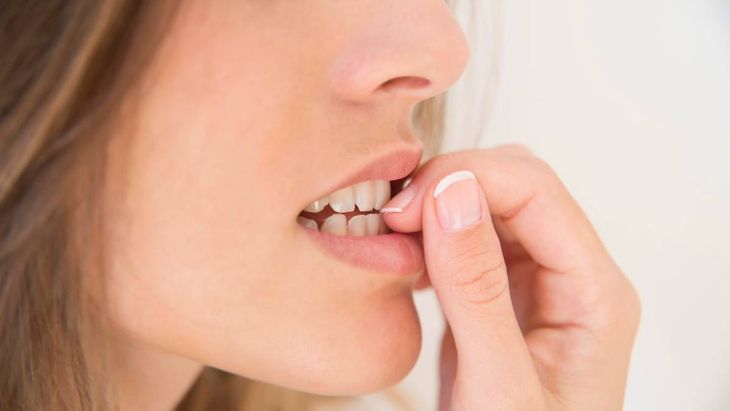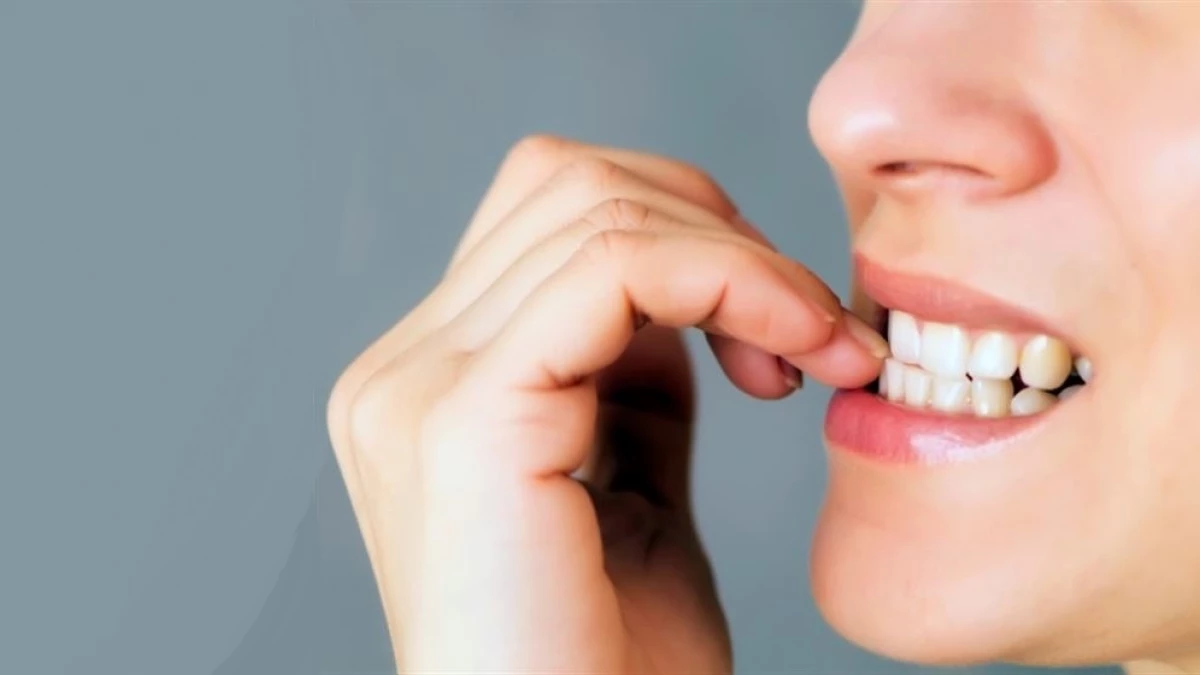This common gesture can reveal more than it seems and be linked to deep emotions that need different methods to leave it.
Bite your nails It is much more than a simple aesthetic habit. Behind this repetitive gesture can hide emotional needsrelief mechanisms and even learned patterns that the brain repeats almost without realizing it.
The content you want to access is exclusive to subscribers.
While many people assume it as a harmless act, psychology links it with forms of emotional self -regulation that, if they are not controlled, can be transformed into a difficult custom.


Bite your nails

What does it mean by biting your nails?
According to various specialists, this behavior can be an unconscious response to emotions such as anxiety, insecurity, boredom, impatience or even Content anger. The act of biting the nails works as a way to release tension and recover a feeling of control when the environment seems chaotic or too monotonous.
On a psychological level, the brain associates moments of nervousness or discomfort with this gesture, reinforcing behavior every time a similar situation arises. Over time, it becomes an automatic pattern difficult to cut without clear strategies.
Who are more likely to do so?
While anyone can develop this custom, children and adolescents are the groups in which it appears more frequently. In your case, it is usually related to the learning process for regulate emotions.
In adults, habit can be maintained from childhood or reappear in stages of high work stress, important changes in life or emotional conflicts. The predisposition increases if there is a history of anxiety, impulsiveness either prolonged stress.
Why does it produce relief?
From neuroscience, it is explained that bite your nails active brain circuits linked to pleasure and decreased tension. The repetitive and predictable movement gives us a momentary sensation of control and stability.
However, This relief is brief And it is usually accompanied by guilt or frustration by noticing physical damage to the nails and skin. Therefore, specialists recommend replace healthy behaviors that fulfill the same regulatory function.
Techniques to stop doing it
Among the most effective strategies, they stand out:
- Identify the moments and emotions that trigger the impulse.
- Pose attainable goals, such as reducing the frequency or maintaining a nail intact as the first objective.
- Use physical barriers (bitter enamels, gloves, false nails) to interrupt the gesture.
- Keep your hands occupied with objects such as antiestrés balls.
- Practice relaxation techniques to cut automatism and lower anxiety.
Source: Ambito
I am an author and journalist who has worked in the entertainment industry for over a decade. I currently work as a news editor at a major news website, and my focus is on covering the latest trends in entertainment. I also write occasional pieces for other outlets, and have authored two books about the entertainment industry.




